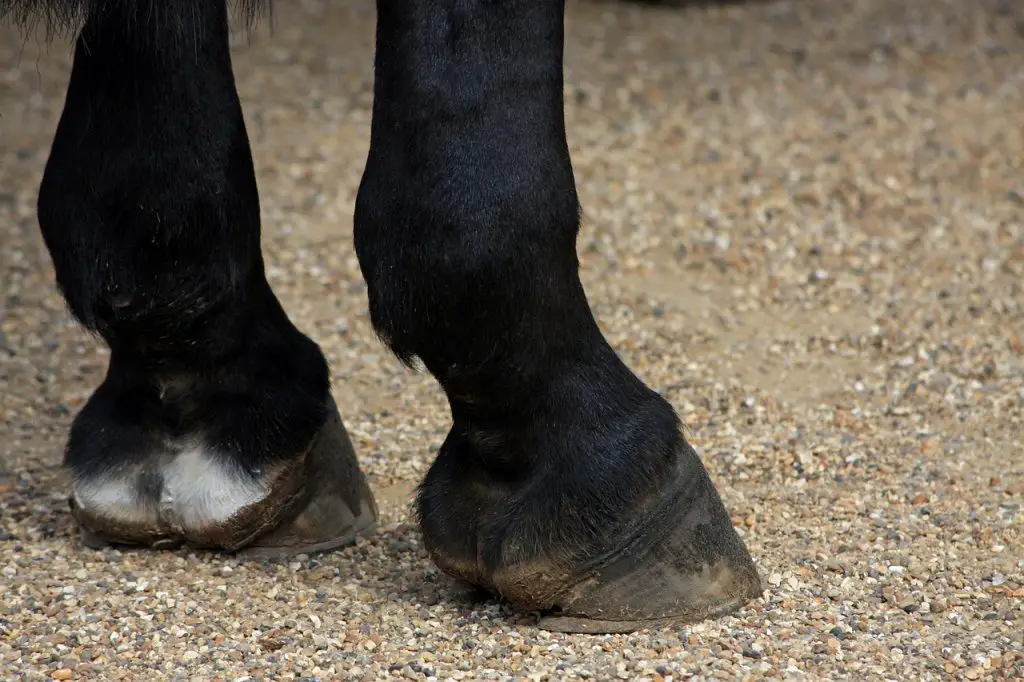Last Updated on February 23, 2022 by Allison Price
Here are some common hoof problems, ranked in order of most to least serious.A defect in the hoof wall should be a cause of concern. However, the type of crack will determine the actions required. Below is a list of hoof-crack descriptions, ranked from least to most concerning.
* Vertical cracks at ground level that extend up to an inch or less. These cracks will usually be fixed by the farrier and do not require any further action.Vertical cracks that persist for a long time. A chronically unbalanced hoof can indicate cracks that extend beyond the hoof’s edge and don’t seem to heal.
Horizontal cracks less than an inch in width that start at the coronary bands and then grow down as the hoof. These cracks are usually caused by a minor, healing trauma to the coronary area that temporarily interrupted hoof production. The crack will eventually disappear completely as the hoof grows. This process is likely to be self-sufficient.

Vertical cracks in the hoof and around the foot that affect the sole. To check for these cracks, you will need to lift the hoof and clean it up. It could be more serious if the crack is visible beyond the hoof wall. Talk to your veterinarian and farrier about this issue. Keep an eye out for any signs that it could be more serious than a superficial problem.
* Persistent, long-lasting vertical cracks. A chronically unbalanced hoof can indicate cracks that extend beyond an inch of the hoof and don’t seem to heal. Even if the crack appears stable and thin, it is worth talking to your farrier about the problem and determining if you need to change the way you trim and shoe.
* Cracks that are wider than normal, bleeding or associated with lameness. Any crack that resembles any of these traits should be reported to your veterinarian immediately. Most problems can be resolved by a team effort of these two professionals. However, it is best to act quickly as the damage will only get worse the longer you wait.



